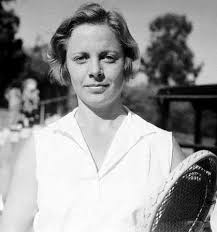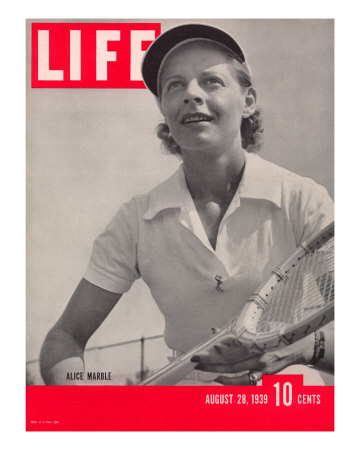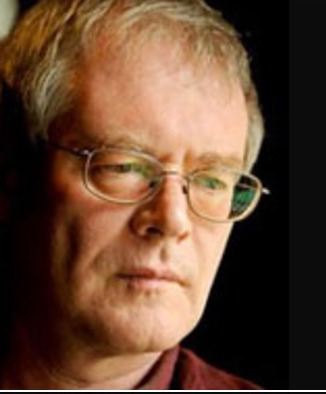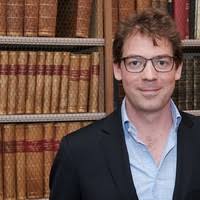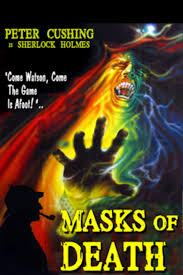GoodReads meta-data is 309 pages, rated 3.66 by 2195 litizens.
Genre: Novel.
Verdict: Amen, Sister! Tell it!

In which are chronicled the further adventures of Professor Jason Fitger who has become chair of the fractious Department of English at Payne State University after the longterm incumbent decamped over the summer. Fitger is immediately deluged with a backlog of administrative paperwork, including a Vision Statement. To be budgeted each department must submit such a statement that meets the approval of the Provost.
The University President’s main task is constantly lobbying the state legislature to slow the continued, inexorable erosion of Payne’s appropriation. In her absence the University is run by the above mentioned Provost who is seldom seen, and any effort to secure an appointment fails. Indeed some long-serving deans have never seen this shadowy provost.
In the age of McKinsey management, Payne University is dedicated to cutting deadwood, increasing quality, and turning anything and everything to a profit. The Business School has become a Forbidden City unto itself selling degrees. The sciences have been tailored into applied research and development laboratories for the industries owned by Payne donors. Drug and medical insurance companies fund and own the life sciences. Those sciences that could not secure private funding have disappeared, e.g., astronomy, with the planetarium now used for storage. The University president dreams of a future where there will be a Division of Numbers and a Division of Words, and she will then have only two direct reports to delegate to the Provost.
All the while, the administration has grown from one building to three while the student population has increased and the faculty members decreased. (Once remodelled the planetarium will be the fourth admin building.) Faculty members are constantly summoned to training sessions to keep abreast of Payne’s many, conflicting priorities. Indeed, one member of the English department has been dispatched to sensitivity training for twelve consecutive weeks. There are rumours that the consultant who runs the sensitive training is from North Korea.
A nefarious plan is afoot to eradicate all humanities departments at Payne State University. How could that be done? Not so hard when one thinks about it. Get this! That Vision Statement must be endorsed unanimously by all members of the Department with signatures! That is the killer. There was, there is, there never will be anything that all members of the English Department will agree on! Nothing.
The first line of defence is to dispute the composition of the Department. Do all the adjuncts, associates, emerita, or honoraries count? Do the drudges who do all the work count? The part-timers, the temporaries, the underpaid grad students, and the unpaid interns: Do these transitory peons four-to-a-room in the dank and dark basement count? Does anyone even know their names? Fitger’s forays into the cellar do not go well.
When the academic year begins the English Department has no Vision Statement and hence no budget, but it has more students than any other department on campus, students whose expectations have been inflated by the endless trumpeting of all those administrators recruiting students (= cash flow). It falls to Fitger to cajole, coax, bribe, coerce, or blackmail members of the English Department one-by-one to endorse a statement while dealing with the flood of students. Oh, if it were only that easy. Then there is a really big Kapow!
The catalyst for the explosion is the Shakespeare requirement. All majors in English have had to do a one semester course on the Bard since time out of mind, taught by the most senior member of the Department who is long past retirement age but whose pension was looted by corporate shenanigans facilitated by McKinsey management. His whole being is embodied in this course. He is also the only member of the faculty with a record of publications making him untouchable. But the Vision Statement has opened the whole question of the curriculum, and from the can wriggle the worms of post-modernism in its many forms. The Bard may only survive because the Po-Moeans cannot agree what should replace him.

Ah, life without a budget means, among other things, that meetings cannot be held because meeting rooms are rented to departments. In the same McKinsey spirit only the student toilets and hallways are cleaned. To have offices and faculty toilets cleaned, Departments have to pay for it from the budget. No budget, no meetings and no cleaning. Still less can Fitger’s desk-top computer be repaired, nor the broken window replaced in the Department secretary’s office. Though as long as the window is in disrepair the contents of the office are not insured, as he is repeatedly reminded by the Safety Officer whose job is to harass him, not to repair the window.
Lest a reader think this rent-seeking is fantasy, when a director of a unit I was enjoined to prepare a budget that included renting the teaching rooms we used. Nothing came of it at the time but it was a trial run.
Venality, back stabbing, undermining, intransigence, solipsism, this book has it all. Innocent readers might think it is exaggerated.
Rather than agree and survive, members of the English department would rather disagree and perish. This revealed preference partly arises from a failure of imagination. Tenured members of the Department cannot imagine their own demise. Never fear, that unseen Provost can imagine it. In short, tenure means that a professor is entitled to a specific job, but if that job itself is eliminated, there is nothing to which that professor is tenured. If I am a tenured professor of Albanian political theory, when the position of professor of Albanian political theory is eliminated then so am I.
In the end Fitger proves what everyone thought. He is much too inept (nice) to be a head of department, and that is what saves him, and the Department. The last service done by the Shakespeare teacher is something to ponder.

I waited for more than year for this title to become available on Kindle but it didn’t so I got it in hardback, because I could wait no longer to read of Fitger’s latest escapades.
With the great personal restraint I have long cultivated, I have not told a story about the conversation I once had when acting dean with the head of a department about accommodating curriculum changes in which he happily agreed that (1) he and his department would not cooperate and (2) as an inevitable result there would be fewer of them. So be it! Compromise was not an option. Sssh. The cognoscenti will know which department that was.



